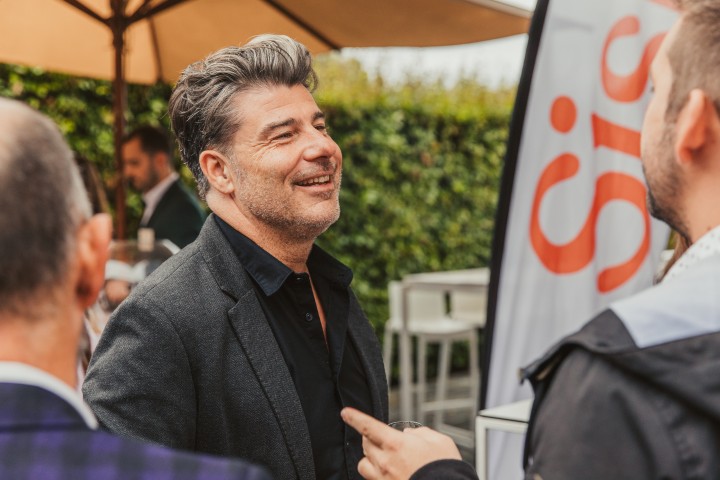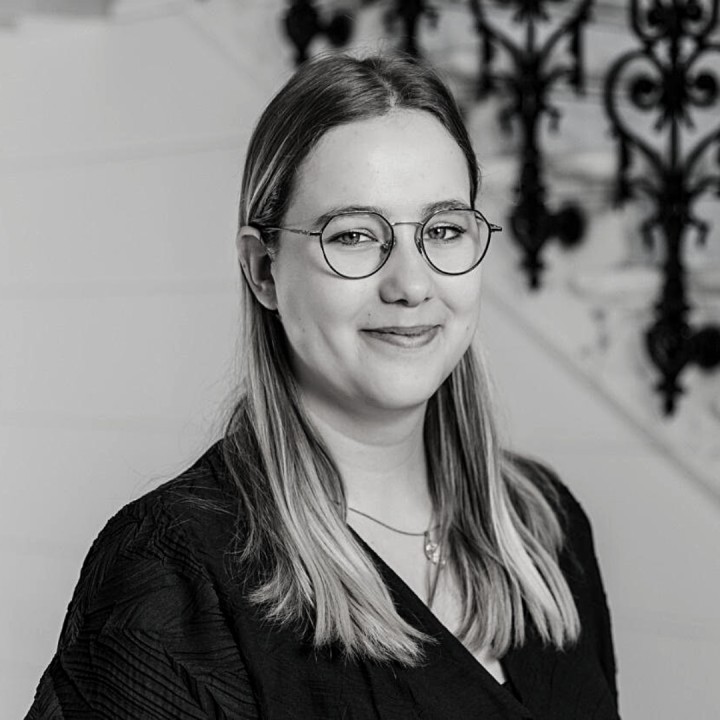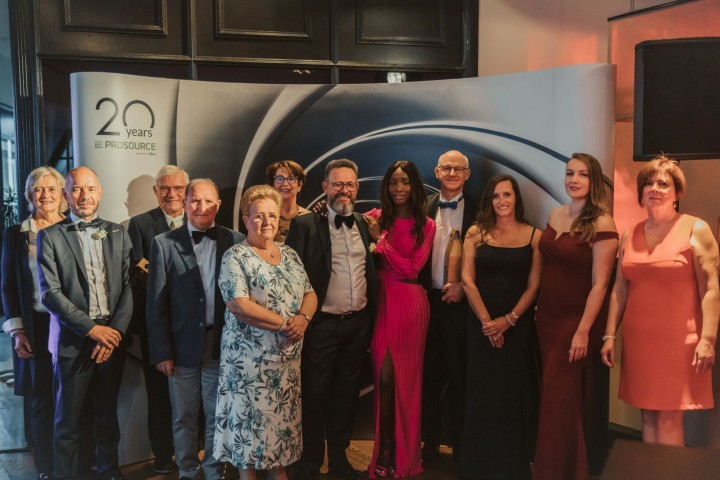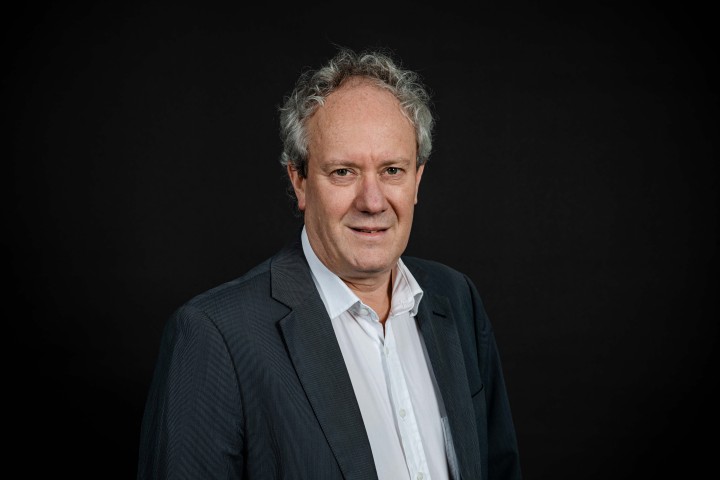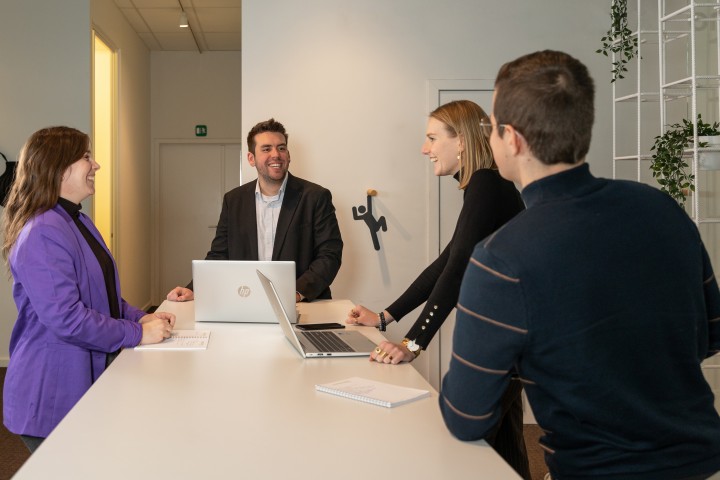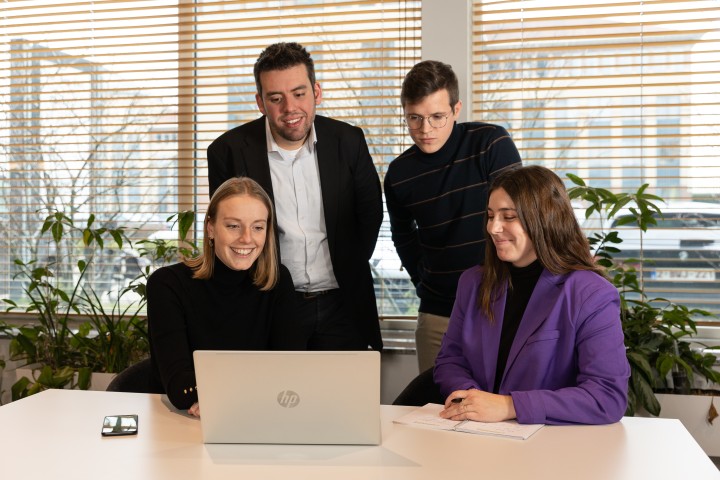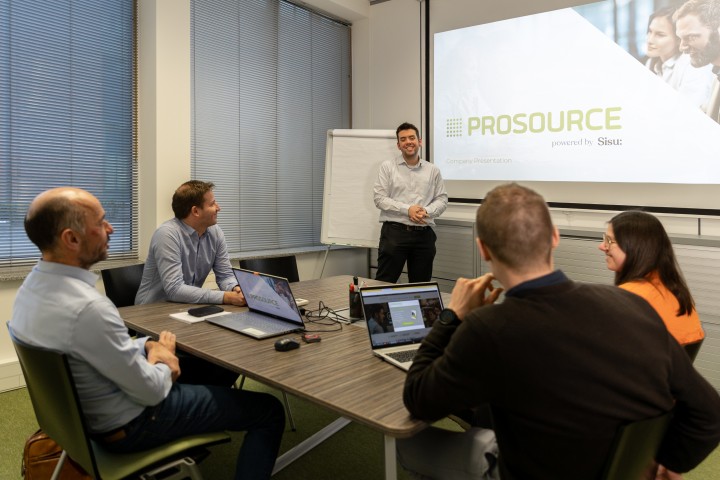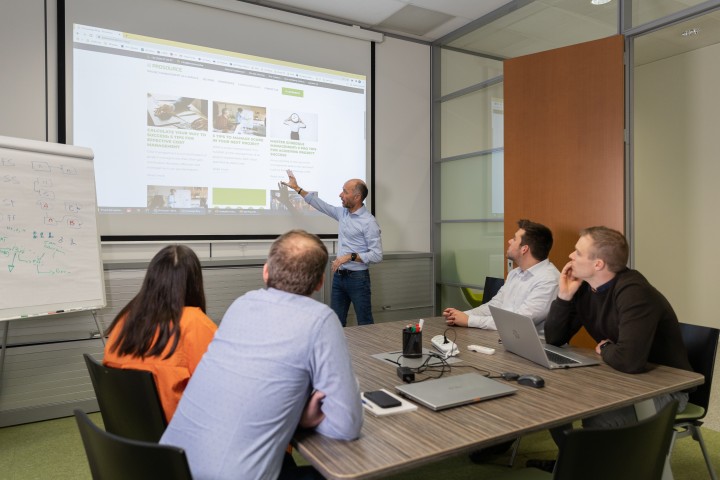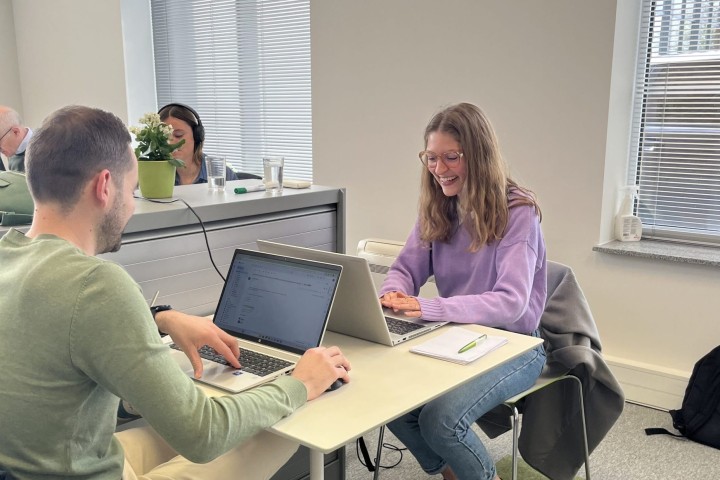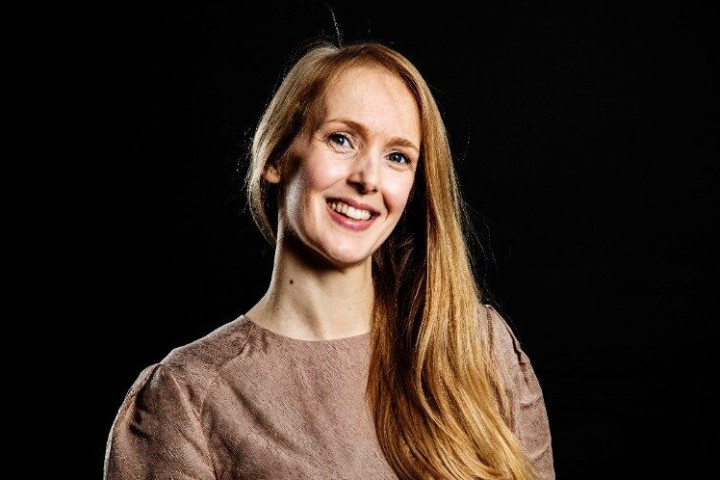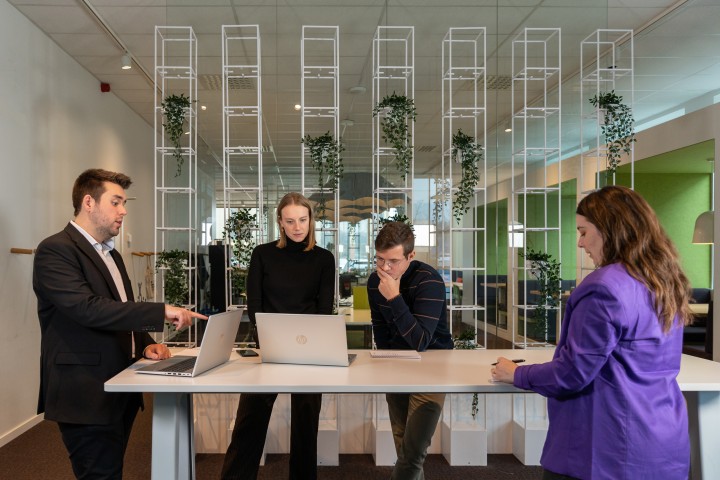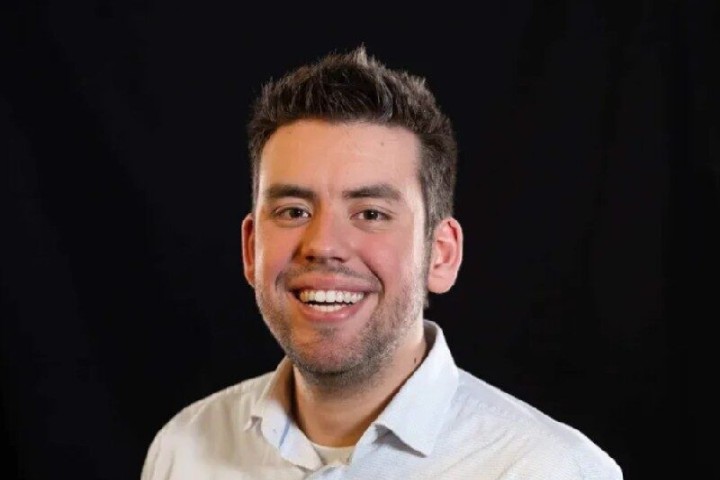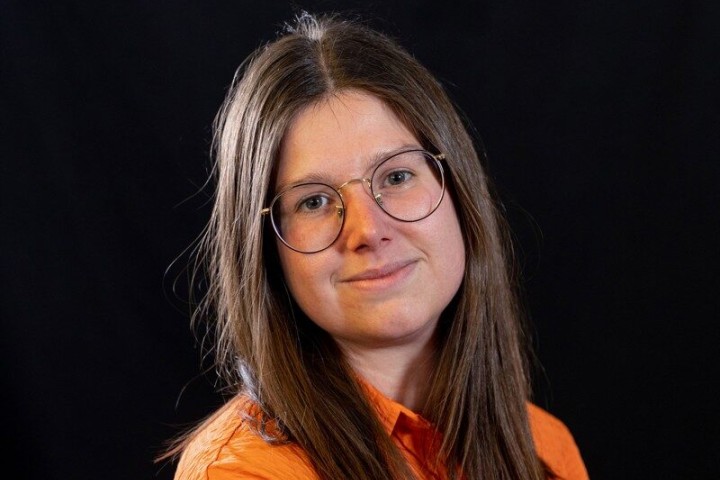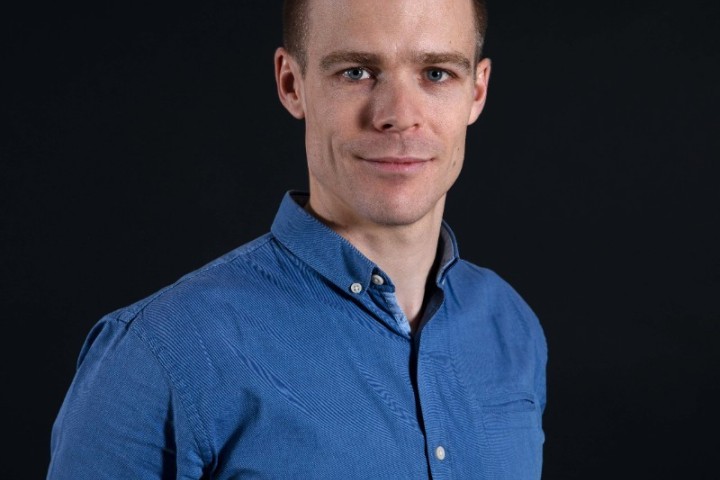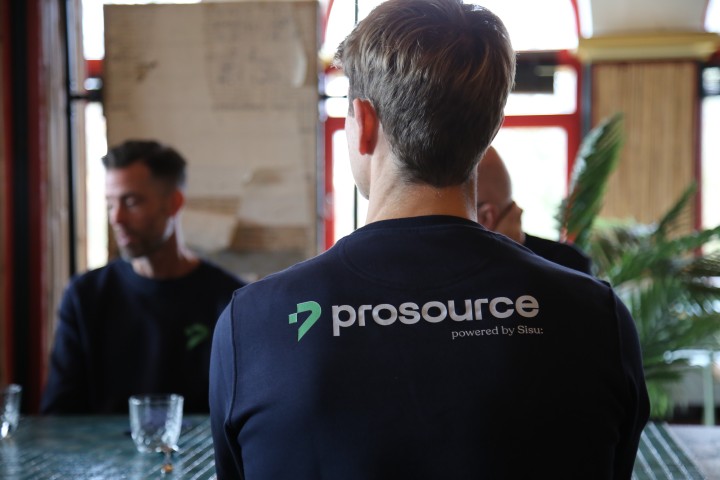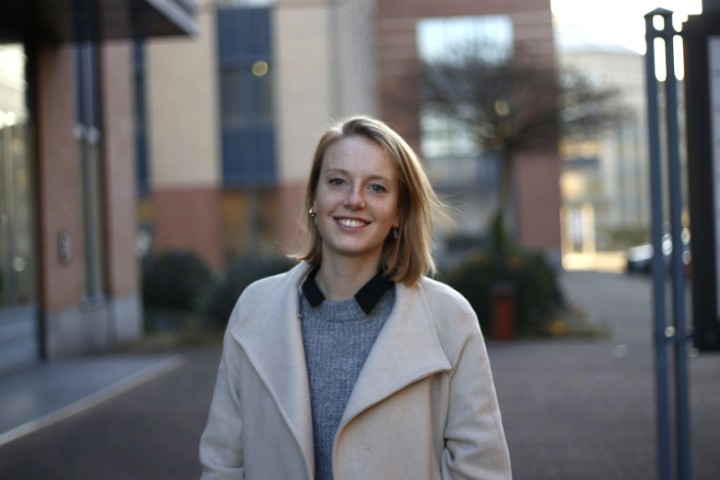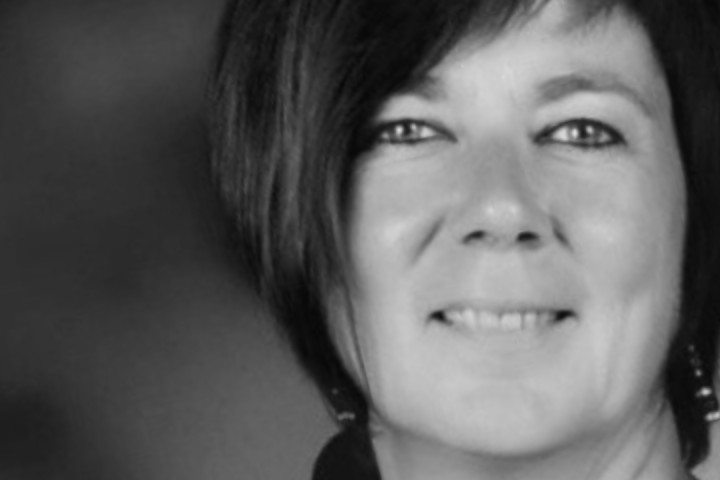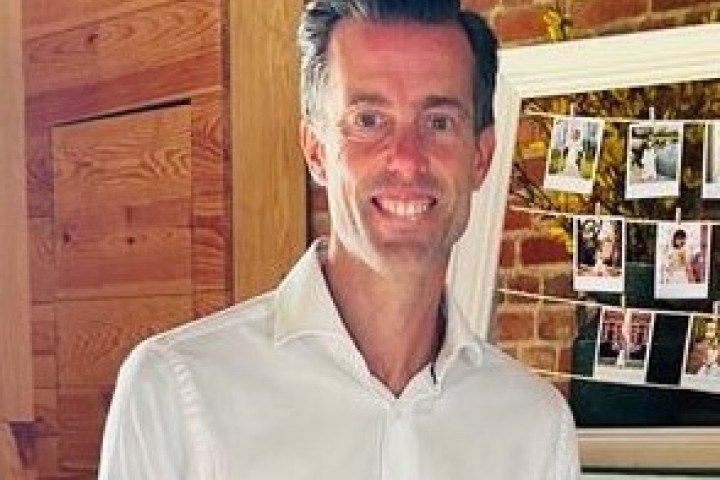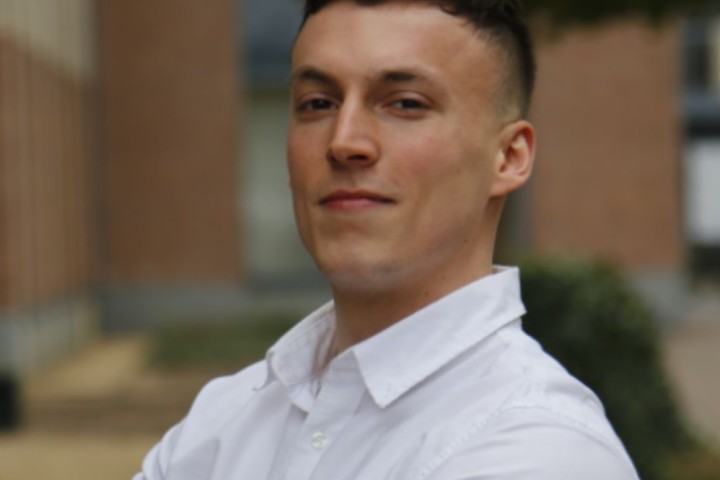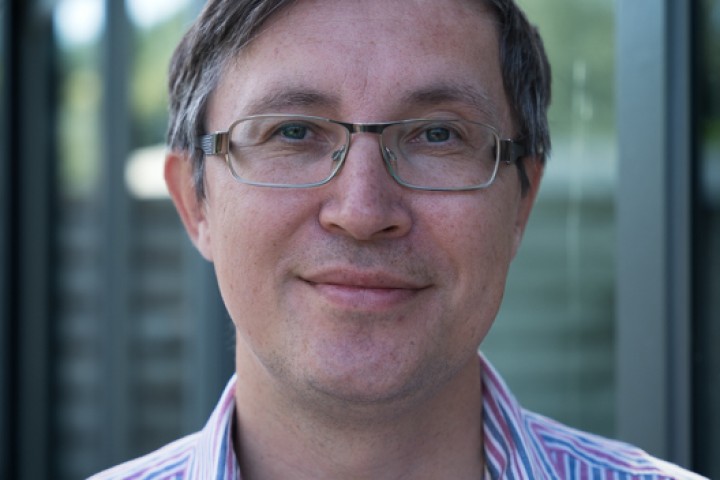Meet Peter Sterckx: Senior Project Manager
-
Testimonial
-
Project Management
We talked with Peter Sterckx, Project Lead at the Antwerp Province about his current responsibilities. Read more about his expertise in our latest insight.
THE PROJECT
Can you describe the project that you are currently working on?
Most of my current activities are focused around a large document management system internally referred to as ‘Sindala’, which is used by various departments of the Antwerp Province. This system was implemented roughly 15 years ago and is supporting about 10 departments with various services.
The current project I am working on aims to replace this old documentum-based system with a new setup. Consequently, it aims to add a contemporary and user-friendly interface adapted to all types of mobile devices. The project (or program) is actually quite large and will span over multiple years.
Depending on the phase of the project and the expertise needed at that time, I am in contact with external partners, such as UX design specialists to improve the user interface. Experts in infrastructure also help us to develop new components and build the supporting underlying infrastructure.
How do you go about to conduct this project?
In the Antwerp Province, there was originally a strong emphasis on the Waterfall methodology, but it has gradually become more agile.
The Sindala project still follows PRINCE2 and Waterfall as the overarching methodology, but it applies the Agile method (mainly Scrum) within each phase to quickly generate business value for the customer. This involves breaking tasks down that are planned, developed and delivered, with constant prioritisation and involvement of the right people, including the scrum team and the product owner.
Do you use certain KPIs to measure the success of your project?
We work a lot on the basis of estimates, or story points in the scrum world, where we compare the estimated work against the real effort spent. For each task that we do, it is essential that the team notes down how much time we spend on a specific task to make comparisons. We want to become predictable in the work we do. So it’s essential that we know as a team how much work we can perform on a two-weekly basis, and get a good sense of the team’s velocity.
WORKING IN AN AGILE OR HYBRID ENVIRONMENT
How did you determine that the hybrid approach was the most appropriate method to take on your project?
If there are many uncertainties within a project, agile is probably the best way to approach it. We are looking for a two-week interval of refining, estimating, planning and developing with regular feedback from multiple parties. If you are able to estimate your work upfront, and determine dependencies and priorities well in advance, then waterfall is a very good approach.
With agile, you know the overall goal but you need to sort out the many risks and details along the way. In application development, you typically go for an agile approach because you want constant feedback from your stakeholders and generate business value early in the process.
Can you share examples of where the Agile framework can come in useful or not?
Agile works often on a two-weekly interval, so you cannot know exactly where you will end up in six months or a year. That’s a difficulty with the agile method. We do have a high-level plan with a roadmap for the next half year, year and even five years, but we only get to figure out the real details on a two-weekly basis.
On the other hand, what is good with agile is that people from the business department are included in the process, present in the relevant meetings and can give instant and valuable feedback. There is more opportunity for communication for all relevant parties joining the right sessions, and everyone around the table clearly knows what needs to be done and when. It will also prevent misconceptions for example.
TIPS FOR SUCCESSFULLY CONDUCTING A PROJECT
Which skills are essential when you work with a hybrid method, soft – or hard skills?
I find that soft skills often take over from hard skills. You do need the theoretical background and knowledge of different methodologies and approaches. It is your responsibility to assess which one is best for your project. But generally, Project Management requires “simple common sense” where you need to know how to deal with people and form a good team aiming for the same goal. So I would say it is a combination of soft – and hard skills.
Do you have advice for the younger generation of PMs who want to start working on their first projects?
I would advise not to limit yourself to one single methodology. If you try out different methodologies, you can also better understand which one is more appropriate for a particular project. It also becomes clearer if you do projects in different (aspects of) industries.
I would also recommend working on your soft skills and continuous learning and training, such as PPM, PMP, Prince2 or Agile and Scrum, for example.
THE COLLABORATION WITH PROSOURCE
How does Prosource support you in your project and what is their added value for you as a consultant?
I used to work in a multinational company and I wanted to go back to working on a smaller scale with more personal onsite contact. I wanted to make the switch from operational delivery management to real project management and get the related certifications. For these reasons, I joined Prosource in 2016. The certifications are also part of Prosource’s training plan for every consultant. The fact that Prosource holds in-house trainings and gives certifications is a huge advantage because at other companies that does not happen self-evidently and people often have to follow the training elsewhere. I also give credit to Prosource for collaborating with relevant clients and giving me the chance to work there.
How do you feel about your current project?
Despite maybe the general opinion, I find that the government service is an organisation with skilled motivated resources, an IT environment up to standards and a multitude of interesting life-impacting projects ready for execution.
I really value the fact that the Province treats their employees humanely, they look at the people and do not consider them as a number. As an external consultant, you very much feel like one of the team.
There’s much more to explore! Discover the inspiring stories of the people of Prosource.
Read about the experience of Gert Leroy, Business Change Management Consultant at Colruyt Group via Prosource and how he introduced Agile in a non-agile context, or the experience of Eline Horemans, Project Management Lead at Horta.
Or check out Ruben Coomans, Junior Consultant at BEA Sensors or Famke Vancoillie: Junior Project Consultant & learn more about what drives them and their passion for Project Management.
